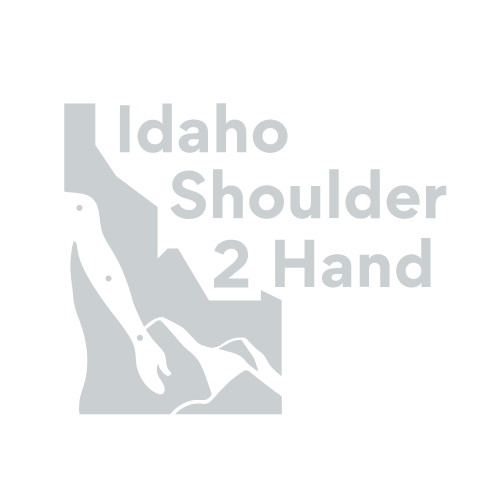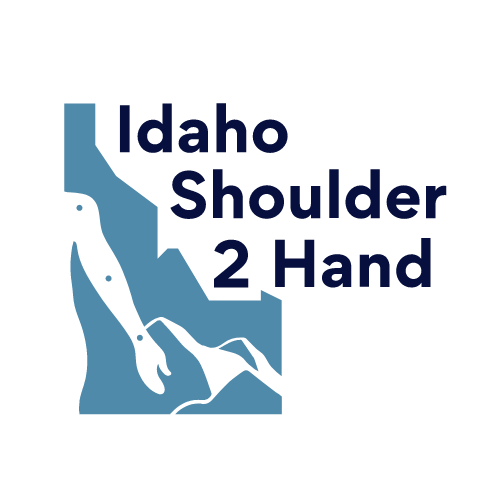I Don’t Play Tennis – Why Do I Have Tennis Elbow?
Tennis elbow, also known as lateral epicondylitis, is a condition that causes pain and inflammation in the elbow and forearm. It is often caused by repetitive strain injuries, such as those that occur from using a computer mouse or lifting weights.
While the condition is commonly associated with tennis players, it can also occur in people who do not play tennis. Here are some possible reasons why you might have tennis elbow even if you don’t play tennis:
1. Repetitive hand and arm movements
Tennis elbow is often caused by repetitive strain injuries, which occur when a muscle or group of muscles is overworked. This can happen with any activity that involves repetitive hand and arm movements, such as typing on a computer, painting, or lifting weights. If you have a job or hobby that involves repetitive hand and arm movements, you may be at risk for developing tennis elbow.
2. Poor technique
Even if you do not engage in activities that involve repetitive hand and arm movements, you may still be at risk for tennis elbow if you use poor technique when performing certain tasks. For example, if you lift weights using improper form, you may put extra strain on your elbow and forearm muscles, leading to tennis elbow.
3. Previous elbow injury
If you have previously injured your elbow, you may be more prone to developing tennis elbow in the future. Previous injuries can weaken the muscles and tendons in the elbow and forearm, making them more vulnerable to strain and inflammation.
4. Poor muscle strength and flexibility
Having poor muscle strength and flexibility in the elbow and forearm can also increase the risk of developing tennis elbow. Weak muscles may be more prone to strain and inflammation, while tight muscles may not be able to move through their full range of motion, leading to overuse injuries.
When to consider surgery for tennis elbow
While tennis elbow can often be treated with non-surgical methods such as rest, physical therapy, and non-steroidal anti-inflammatory drugs (NSAIDs), there are certain situations in which surgical intervention may be necessary. Here are some signs that it may be time to consider surgery for tennis elbow:
Non-surgical treatments are not providing relief
If you have tried non-surgical methods of treatment for tennis elbow and are still experiencing symptoms, it may be time to consider seeing Boise’s best orthopedic surgeon. This is especially true if your symptoms are severe or are interfering with your daily activities.
You have significant weakness in your arm or hand
If your tennis elbow is causing significant weakness in your arm or hand, it may be necessary to consider surgery. This is because the inflammation and strain on the muscles and tendons in the elbow and forearm can lead to muscle atrophy (wasting) and decreased strength.
Your elbow is significantly deformed
In rare cases, tennis elbow can cause a significant deformity in the elbow, such as a bony lump or a curved elbow. If you have developed a significant deformity due to tennis elbow, surgery may be necessary to correct the deformity and relieve your symptoms.
Types of surgery for tennis elbow
There are several surgical options available for the treatment of tennis elbow, including:
Debridement: This is a procedure in which the damaged tissue in the elbow is removed.
Lateral epicondylitis release: This procedure involves making an incision in the elbow and releasing the strained muscles and tendons.
Osteotomy: This procedure involves cutting and reshaping the bone in the elbow to relieve pressure on the muscles and tendons.
Recovery from tennis elbow surgery
In general, patients can expect to experience some swelling and discomfort after surgery, which can be managed with pain medication. Physical therapy may also be recommended to help restore strength and flexibility to the elbow and forearm.
Most patients are able to return to their normal activities within a few weeks of surgery, although it may take several months to achieve a full recovery.
It is important to follow your surgeon’s instructions and attend physical therapy appointments as recommended to ensure a successful recovery. It is also important to avoid activities that may strain the elbow and forearm during the recovery period to allow the muscles and tendons to heal properly.
FAQ
What are the treatment options for tennis elbow?
Treatment for tennis elbow depends on the severity of the condition and may include:
- Rest: Resting the elbow and avoiding activities that may strain the muscles and tendons can help reduce inflammation and pain.
- Physical therapy: Physical therapy exercises can help strengthen the muscles and tendons in the elbow and forearm and improve flexibility.
- Non-steroidal anti-inflammatory drugs (NSAIDs): These medications can help reduce inflammation and pain.
- Surgery: In cases where non-surgical treatments are not providing relief, surgery may be recommended. There are several surgical options available for tennis elbow, including debridement, lateral epicondylitis release, and osteotomy.
How can I prevent tennis elbow?
There are several things you can do to help prevent tennis elbow, including:
- Take breaks: If you perform repetitive hand and arm movements, it is important to take breaks and stretch your muscles and tendons regularly.
- Use proper technique: Make sure that you are using proper technique when performing activities that involve hand and arm movements to avoid strain on the muscles and tendons.
- Maintain good muscle strength and flexibility: Regular exercise can help maintain good muscle strength and flexibility in the elbow and forearm, reducing the risk of injury.
- Use ergonomic equipment: Using ergonomic equipment such as keyboard, mouse, and tools can help reduce the risk of tennis elbow.
Warm up before activities: Stretching and warming up before activities can help prepare your muscles and tendons for the demands of the activity and reduce the risk of injury.
Is tennis elbow permanent?
Tennis elbow is not a permanent condition and can often be treated effectively with non-surgical methods such as rest, physical therapy, and NSAIDs. In cases where these treatments are not effective, surgery can be used to repair the damaged muscles and tendons and improve symptoms.
Final Thoughts
While non-surgical treatments such as rest, physical therapy, and NSAIDs are often effective in managing the condition, there are certain situations in which surgical intervention may be necessary.
If you are experiencing severe symptoms or have significant weakness or deformity in your elbow due to tennis elbow, it may be time to consider surgery. Idaho Shoulder to Hand is the Boise’s leading authority on this type of procedure!

